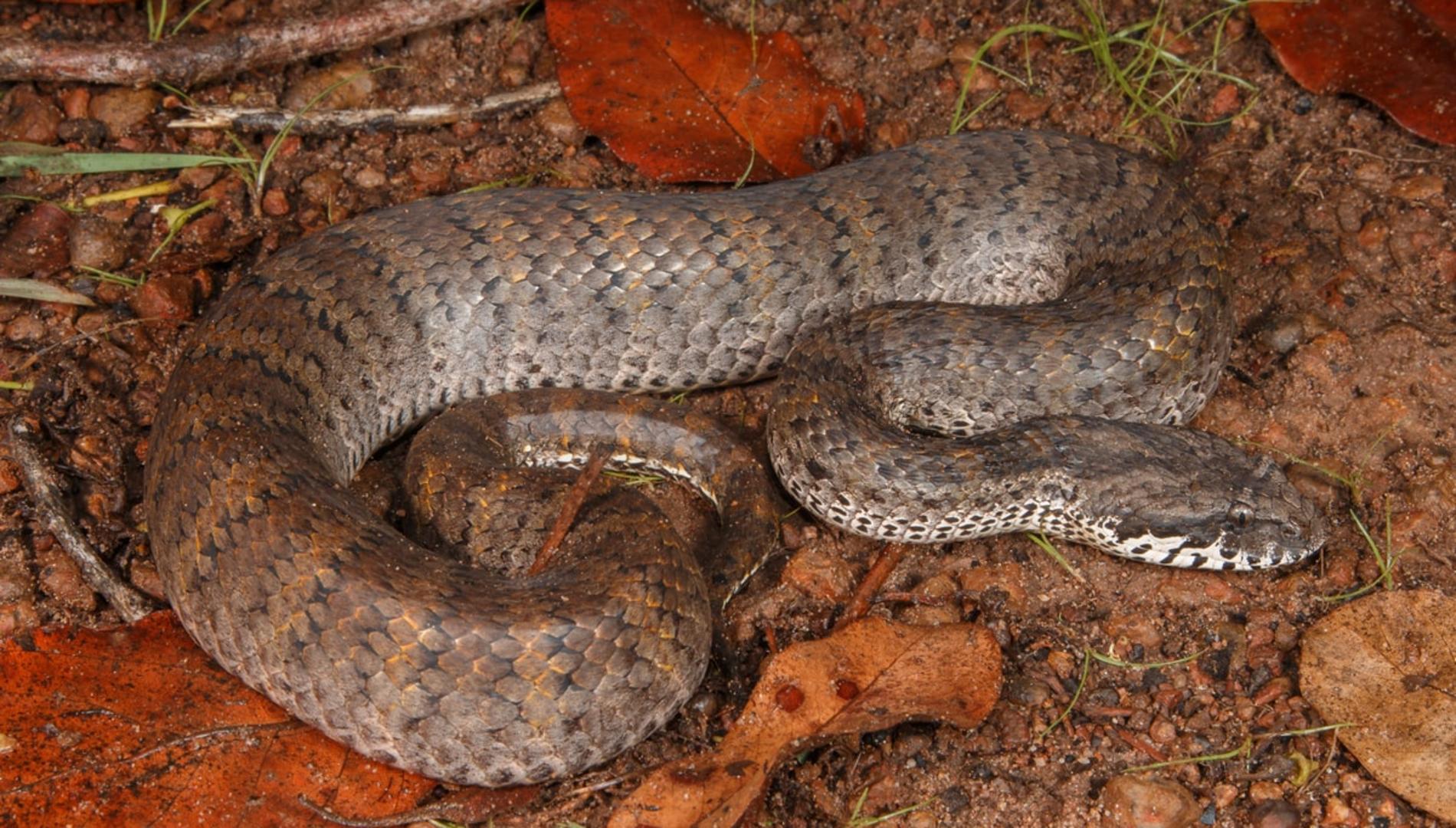Biodiversity conservation needs both carrots and sticks to protect the environment
Biodiversity refers to the variety of life on Earth – including plants, animals and other living things. Humans rely on biodiversity for food, clean air and water, and resources such as building materials, medicines, and clothing.
Yet, in the past few decades, more and more plant and animal species have been disappearing from the planet, creating a “biodiversity crisis”. This crisis is one of the most severe threats humanity will face in the coming years.
Biodiversity loss stems from human activities – including the products we make and buy, and the way we use land and other natural resources. This means the solution to the crisis is also within our grasp – by changing the actions we take as individuals and the policies governments put in place.
To better-protect and enhance nature, we need to understand how to encourage people to adopt behaviours that conserve biodiversity, including supporting stronger government policies.
To address this need, we asked more than 4000 Australians in late 2022 what they think about nature and biodiversity, and what they’re currently doing to better-protect Australia’s natural environment.
What we found
We found that the vast majority – more than 90% – of Australians do not oppose the government introducing a range of conservation-related policies.
This included a mixture of “carrots and sticks” – that is, policies related to markets, consumption, and regulation (for example, “Develop ‘eco-labels’ that allow consumers to make informed choices about products’), biodiversity restoration (“Restore nature in cities and towns’), and penalties (“Introduce tougher fines and stronger laws to stop illegal tree clearing and forest/habitat destruction”).
Most Australians (70% to 88%) also engage in “private-sphere” conservation behaviours, including everyday/lifestyle activities such as being a “sustainable consumer”, or just spending time in nature.
Read more: Monitoring the level of protection for global conservation areas
However, fewer people (36% to 57%) engage in “public-sphere” conservation behaviours, such as getting involved in protecting nature (for example, volunteering), or making big decisions that support nature (such as voting for a political candidate based on their nature-related policies).
We also tested the relationships between policy support/conservation behaviours (private and public-sphere) and 1) concern about biodiversity (for example, pollution, species extinction); 2) awareness of biodiversity-related issues; and 3) connection to nature.
We found there was a relationship between concern and all outcomes, but the strongest relationship was with the more passive policy support.

What does this mean?
Governments already have the social licence to do more to protect nature. Our research suggests the introduction of stronger conservation policies is unlikely to be opposed by most constituents.
And we know from previous research that the vast majority of people want more action to protect nature. So how might governments do this?
There are a number of tools in the behavioural science toolkit that governments could leverage to implement stronger conservation policies.
For example, the status quo bias tells us that humans generally prefer things as they are and typically make choices (or avoid making choices) so the current situation doesn’t change.
Examples of where default options (that is, setting the status quo) have been used to influence conservation outcomes include ethical investing and saving paper.
If governments were to set strong conservation policies as the default option – such as requiring businesses to report their impacts on nature, or cat owners to keep their cat contained to their property – it’s unlikely that most Australians will oppose such policies.
Another useful tool governments could leverage is social norms. Humans are social creatures, and we’re very much influenced by other people, even if we think we’re not.
Social psychologists refer to descriptive norms (what most people do) and injunctive norms (what most people approve or disapprove of).
We know the vast majority of Australians want more action to protect nature – this is an injunctive social norm. When communicating why strong new conservation policies are being implemented, governments could emphasise that these policies are what most people want, which is likely to further increase support.
Our research also showed that people who are concerned about biodiversity are more likely to support policies to protect the natural environment. Thus, increasing concern about the biodiversity crisis would likely increase support for strong conservation policies even further.
How a message is framed can influence how it’s interpreted, and strategies such as emotion-based messaging and using influential messengers may help to increase concern. Fostering empowerment and inspiration may also be useful, although such approaches may be more effective for some than for others. It’s therefore important to tailor messages to suit specific audiences and contexts.
The take-home messages
The Australian community supports protecting and enhancing Australia’s biodiversity. Governments already have the social licence to implement stronger conservation policies that better-protect Australia’s natural environment, and increasing concern for biodiversity is likely to increase policy support even further.
The behavioural sciences offer many tools governments can leverage to protect nature. Biodiversity conservation needs both carrots and sticks.
Monash is pioneering a path to a greener, smarter, more equitable and sustainable future, where emissions are lower, and the natural environment and humans thrive. We look forward to participating at COP29, where we aim to accelerate global action on sustainability, empowering diverse voices from across the Indo-Pacific and influencing superior policy outcomes across a broad range of issues. Find out more monash.edu/cop29







